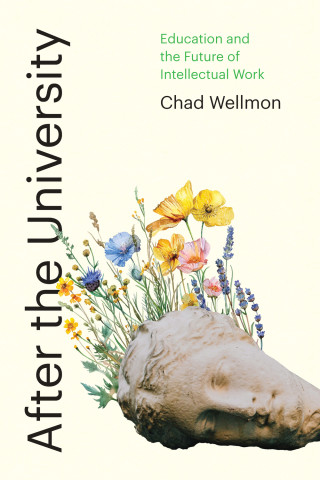
Reviews
John Thelin tells this story of rising enrollments and growing administrations in his new book, Going to College in the Sixties. In doing so, he joins an ever-expanding list of historians who urge us to abjure the hippie nostalgia that so often still defines the 1960s. He lifts campus protest out of its purple haze and relocates it amid the emerging trends of shifting undergraduate demographics and the data-driven expansion of university bureaucracy. This approach makes sense of our present far better than the more familiar tale of a student revolution that failed. Instead, he shows that '60s students of all political stripes and demographic backgrounds participated in a historical shift that replaced one set of contradictions with another.
In order to cover an entire decade of student experience, Thelin impressively draws upon oral histories, national and local newspapers, campus publications, student memoirs, and institutional archives. Going to College in the Sixties thus offers some unique insights and breaks ground in the proposal that the decade was not all that it has been made out to be.
Full of key events, vivid anecdotes, and fascinating stories about real people, this book's compelling chapters emphasize life on campus as experienced by the vast majority of students, most of whom were not involved in activism or were involved for only a portion of the 1960s. No single volume does as much to truly cover the college experience and influences of the sixties on higher education—well beyond the headlines and drama of the era.
For those who automatically know the phrase, 'All the leaves are brown and the sky is gray,' Going to College in the Sixties is a trip down memory lane. More importantly, for all of us, John Thelin’s history offers a reflective moment to consider what we want our colleges and universities to be today. Thoughtful. Engaging. Scholarship at its best.
John R. Thelin’s Going to College in the Sixties is a walk through the thoughts, antics, fears, and dreams of students. His use of memoirs brings to the forefront riveting firsthand stories of life for college students and makes them relatable and engaging.
With his characteristic mix of erudite scholarship and personal reflection, John Thelin crafts a portrait of American colleges in the 1960s—their students, institutional forms, finances, curricula—and how they interacted with each other and the federal government across this powerful and influential decade. Almost uniquely among our foremost scholars of higher education, Thelin combines the perspectives of scholar, historian, practitioner, and observer in this analysis of how American higher education chose to make and withstand change during the volatile 1960s.
People who have spent time reminiscing with peers about their student lives in the 1960s may wonder if they all went to college in the same era! Going to College in the Sixties clearly identifies factors within and outside an individual’s control that shaped her or his experiences and recollections. Given today’s social climate, it is a must-read.
Book Details
List of Illustrations
Foreword by Michael A. Olivas
Preface
Acknowledgements
1. Rediscovering American Higher Education in the 1960s
2. College Prep
3. "The Knowledge Industry"
4. Student Activities and
List of Illustrations
Foreword by Michael A. Olivas
Preface
Acknowledgements
1. Rediscovering American Higher Education in the 1960s
2. College Prep
3. "The Knowledge Industry"
4. Student Activities and Activism
5. Colleges and Curriculum
6. College Sports
7. Conclusion
Index
About the Author







